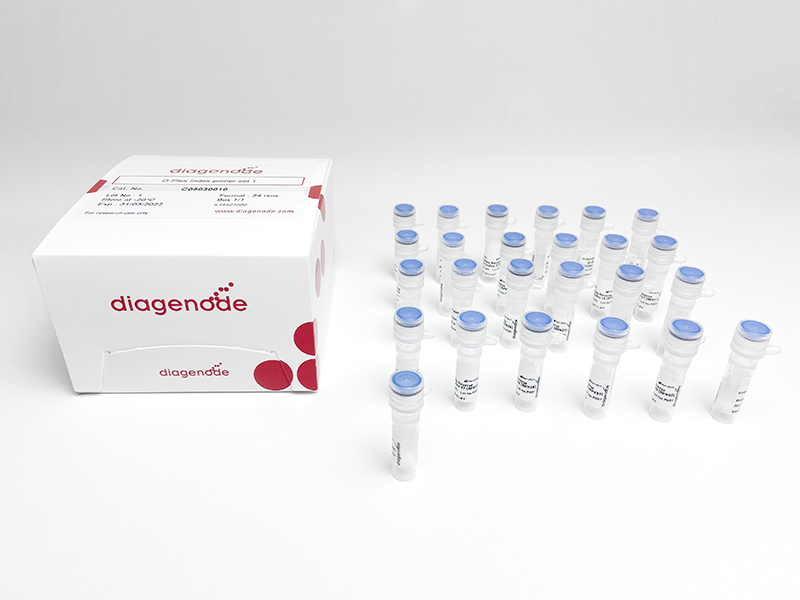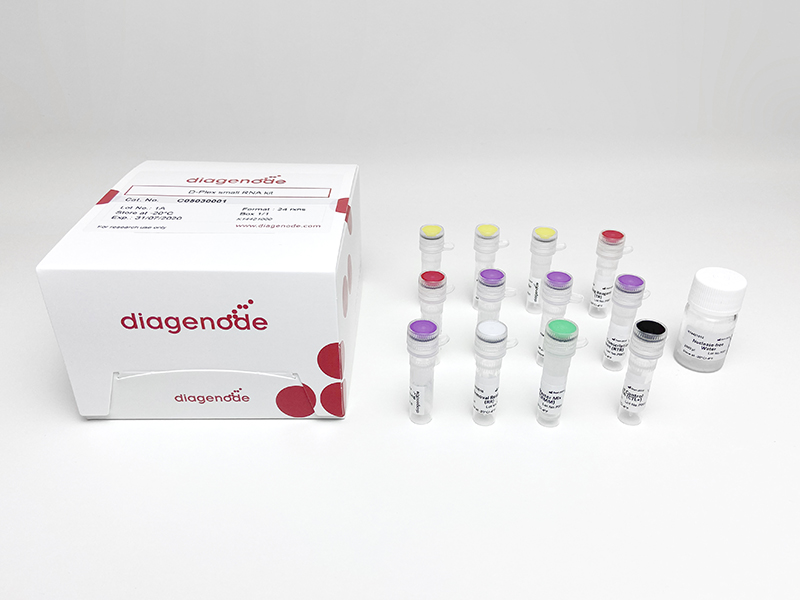The D-Plex small RNA-seq SI library construct bears the TruSeq (Illumina) Small RNA adapters. In case of a multiplexing scenario, it is therefore recommended to submit the D-Plex libraries as TruSeq small RNA libraries to your sequencing provider. Further details are provided in the D-Plex Single Indexes manual.



